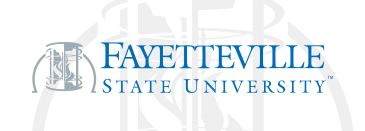Electromagnetic field absorbing polypropylene nanocomposites with tuned permittivity and permeability by nanoiron and carbon nanotubes
Document Type
Article
Publication Date
10-23-2014
Abstract
Highly efficient electromagnetic field absorption at gigahertz (GHz) was reported in the novel magnetic polymer nanocomposites (MPNCs) with in-situ synthesized Fe@Fe2O3 core@shell nanoparticles (NPs) or their decorated multiwall carbon nanotubes (MWNTs) dispersed in the polypropylene (PP) matrix through a one-pot bottom-up method. PP grafted maleic anhydride (PP-g-MA) with different molecular weights served as surfactant to stabilize the in-situ-formed NPs and simultaneously as compatibilizer to enhance the bonding at the PP-filler interfaces. Because of the strong magnetization of the PP MPNCs filled with 20.0 wt % Fe@Fe2O3 NPs stabilized by PP-g-MA (Mn = 800), a minimum reflection loss (RL) of -31.5 dB was observed at 18.0 GHz, and the frequency bandwidth with RL lower than -10.0 dB was 3.1 GHz (from 16.9 to 20.0 GHz) in the MPNC sample with a thickness of 5.5 mm. However, due to the lack of magnetic loss, only a weak RL of 4.3 dB was found at frequency of 16.8 GHz for the PP/PP-g-MA (Mn = 800)/1.0 wt % MWNTs nanocomposites sample with a thickness of 5.5 mm. When the PP MPNCs filled with Fe@Fe2O3 NPs decorated MWNTs (sample thickness of 5.0 mm) in the presence of low molecular weight PP-g-MA (Mn = 800), the RL of -24.5 dB at 20.0 GHz was observed. Through simply changing Mn of PP-g-MA from 800 to 8000, more oxidized iron resulted in a decreased permeability and smaller RL in the high frequency range. The in-situ-formed nanofillers significantly reduced the flammability of PP for potential wide applications.
Recommended Citation
He, Qingliang; Yuan, Tingting; Zhang, Xi; Yan, Xingru; Guo, Jiang; Ding, Daowei; Khan, Mojammel A.; Young, David P.; Khasanov, Airat; Luo, Zhiping; Liu, Jiurong; Shen, T. D.; Liu, Xinyu; Wei, Suying; and Guo, Zhanhu, "Electromagnetic field absorbing polypropylene nanocomposites with tuned permittivity and permeability by nanoiron and carbon nanotubes" (2014). College of Health, Science, and Technology. 803.
https://digitalcommons.uncfsu.edu/college_health_science_technology/803


